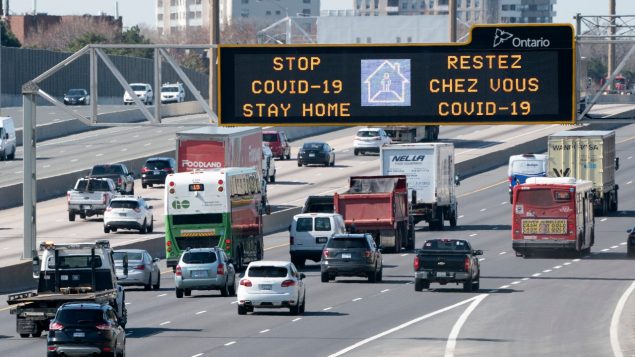Nationwide COVID-19 lockdowns at the outset of the pandemic had a silver lining effect across Canada by improving air quality in major urban areas and gave policy-makers an insight into what switching to electric cars would mean for air quality in cities, according to a new Canadian research.
The findings by scientists at Concordia University in Montreal were published in the journal Science of the Total Environment.
Researchers analysed data from downtown air quality monitoring stations in Vancouver, Edmonton, Saskatoon, Winnipeg, Toronto, Montreal, Halifax and St. John’s for presence of key air pollutants – nitrogen dioxide, carbon monoxide and sulfur dioxide – between February and August 2020 and compared them to the figures recorded over the same period in 2018 and 2019.
They also used satellite imagery and urban transportation fuel consumption numbers to analyse emissions traffic congestion data provided by tracking technology embedded in phones and cars worldwide.
They found that fuel consumption and associated emission of air pollutants dropped dramatically in mid-March, when national lockdown measures were first implemented.
“We saw traffic congestion levels decrease by 69 per cent in Toronto and by 75 per cent in Montreal, compared to the same week in 2019,” said in a statement Xuelin Tian, the paper’s lead author and a second-year MSc student at the Gina Cody School of Engineering and Computer Science.

Xuelin Tian: “Traffic congestion levels decreased by 69 per cent in Toronto and by 75 per cent in Montreal, compared to the same week of March in 2019.” (Photo submitted by Concordia University)
Xuelin and her co-authors, fellow student Zhikun Chen, her supervisor Chunjiang An, assistant professor in the Department of Building, Civil and Environmental Engineering, and Zhiqiang Tian of Xi’an Jiaotong University in China, found that gasoline consumption decreased by almost half during the first weeks of the lockdown and reached its lowest level in April 2020.
There have also been significant drops in the concentration levels of nitrogen dioxide in Vancouver, Edmonton, Toronto and Montreal since the beginning of the pandemic. Similarly, concentration levels of carbon monoxide, closely linked to the transportation and mobile equipment sectors, dropped. In Edmonton, carbon monoxide concentration levels fell by as much as 50 per cent, from 0.14 parts per million in March 2018 to 0.07 in March 2020, the study found.
Consumption of motor gasoline and estimated CO2 emissions from urban vehicles in Canada rebounded in May 2020 after lockdown restrictions were lifted following the first wave of the pandemic.
However, the researchers have not yet had a chance to examine data from the second lockdown that began in late fall of 2020 and the early winter of 2021.
Nevertheless, the data can give policy-makers a glimpse into the future when gas-burning vehicles are replaced with electric ones on Canadian city streets, researchers said.
“This pandemic provided an opportunity for scenario analysis, although it wasn’t done on purpose,” said in a statement An, Concordia University Research Chair in Spill Response and Remediation.
“Governments everywhere are trying to reduce their use of carbon-based fuels. Now we have some data that shows what happens when we reduce the number of gasoline-powered vehicles and the effect that has on emissions.”







For reasons beyond our control, and for an undetermined period of time, our comment section is now closed. However, our social networks remain open to your contributions.